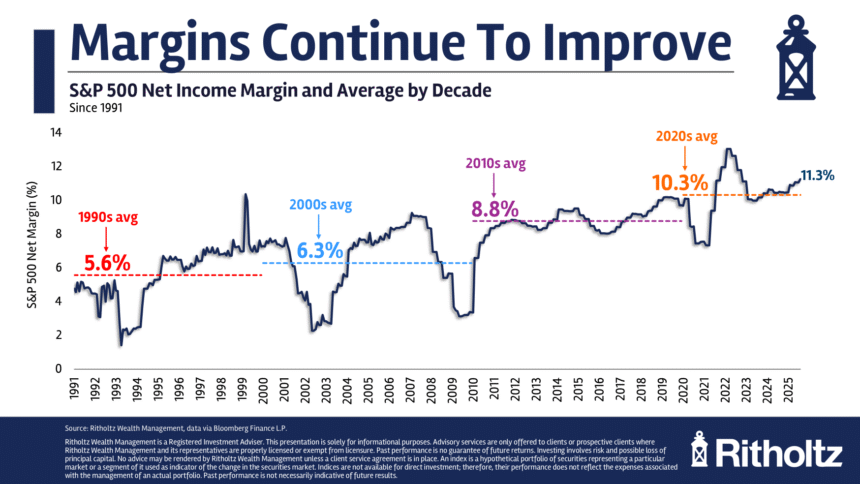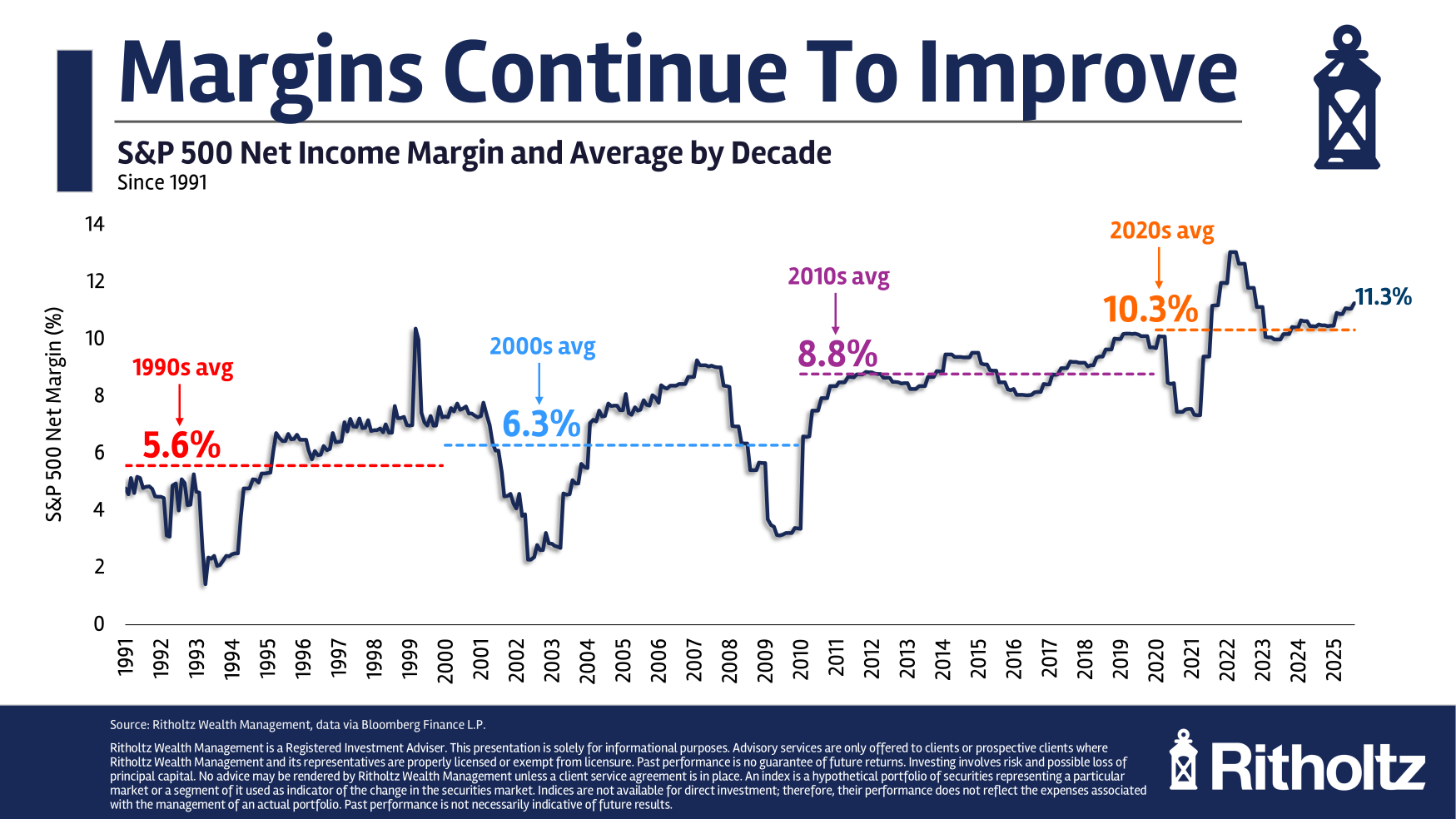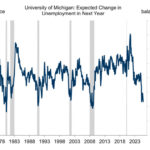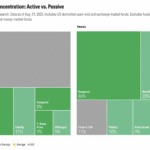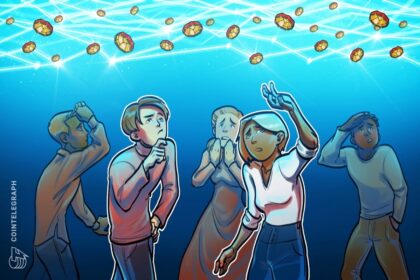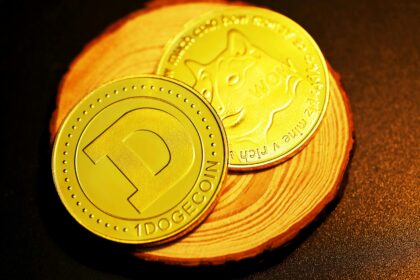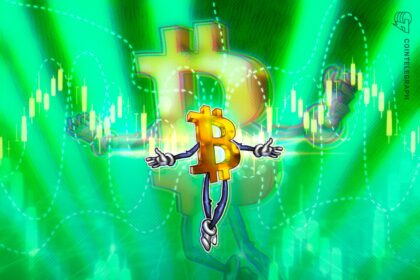Excess enthusiasm in asset prices spans a wide range: there is overly bullish sentiment, mispricing, overvaluation, speculative excess, boom, mania, and frenzy.
And then there are bubbles.
People throw that word around far too easily; a bubble is a relatively rare event; it does not occur annually. We see bubbles only once every few decades. Consider the infrequency of historical bubble peaks occurring:
The Tulip Mania (1637, Netherlands)
The Mississippi and South Sea Bubbles (1720, Britain and France)
The Railway Mania (1840s, Britain)
The Florida Land Boom (1920s, USA)1
The US Stock Market Crash (1929, USA)
The Japanese Asset Bubble (1989, Japan)
The Dot-Com Bubble (2000, USA)
The Global Housing & Credit Bubble (2008-09)
All of the above bubbles follow similar patterns:
Technology: A new innovation (railways, internet, crypto, AI) gets commercialized;
Capital: is widely available for speculative uses;
Leverage: Credit is cheap and plentiful and widely used;
Narrative: A compelling and seductive story rationalizes high prices;
Psychology: The media reports on, then amplifies, reckless behavior;
Herd: The contagion spreads, leading to widespread participation.
The combination of mass/social media and the financialization of modern economies seems to be leading to more frequent bubbles. There were unquestionably three major bubbles across three decades: The Nikkei (1980s), the Dotcoms (1990s), and the GFC (2000s).
But not every act of speculative act of excessive enthusiasm is a full-blown bubble:
Speculative excess
The Canal Mania (1790s, Britain)
Nifty Fifty (1960s, USA)
Bond Bull (1980-2022, USA)
The Bitcoin & Crypto Booms (2015-ongoing)
The SPAC and Meme Stock Mania (2020–2022, USA)
The ESG / Green-Tech Bubble (2018–21, Global)
Market Concentration (2020s, USA)
Artificial Intellgience (AI) (2024-ongoing, USA)
For the record, I don’t know if Bitcoin/Crypto or AI is a bubble – yet. They both seem to follow the pattern referenced above, but neither checks off all the boxes on my real-time bubble list.
I like Cliff Asness’s concise definition of bubbles: “No reasonable future outcome can justify current prices.”
When was the last time the crowd, or the media, or Wall Street, accurately identified a bubble in real time? By definition, it takes a crowd to drive prices to bubblicious levels. It is a challenge for the crowd to simultaneously speculate on a bubble and accurately identify one as it inflates.
I recall doing a CNBC hit with Peter Boockvar in 2006ish; we each discussed different aspects of what we saw as a bubble in credit and subprime mortgages, and why we were concerned about mortgage-backed security (MBS) and how profitable and reckless securitization had become. The anchors literally laughed at us, live on air.2
What would or would not make this a bubble?
Price spikes in individual companies with only tangential relevance to AI are worrisome; so too would stocks up 25% for a third year in a row. But if we start hearing other (non-AI) companies discuss on their earnings calls the cost savings of implementing AI, and how they have increased their efficiency, seen revenues and profits rise, that could justify the stock prices we see today. This is consistent with Vanguard’s Joe Davis’ take on “idea multipliers” — the two-step implementation of new technologies. The chart at top reflects several factors, including low interest rates, do not overlook technology, automation, and improved efficiency.
Bubbles are by definition rare; elevated prices are not. It is very challenging to discern the difference—not that the difficulty has ever stopped people from trying…
Previously:
RealTime Bubble Checklist (October 16, 2025)
The Magnificent 493 (August 12, 2025)
All Time Highs Are Bullish (June 26, 2025)
A Spectacularly Underappreciated 15 Years (April 28, 2025)
__________
1. The Florida building boom was driven in large part by added railroad access from the Northeast to Southern Florida. For more on this, see Christopher Knowlton’s “Bubble in the Sun: The Florida Boom of the 1920s and How It Brought on the Great Depression.”
2. True story, ask Peter…




